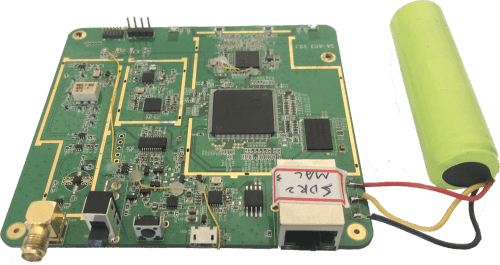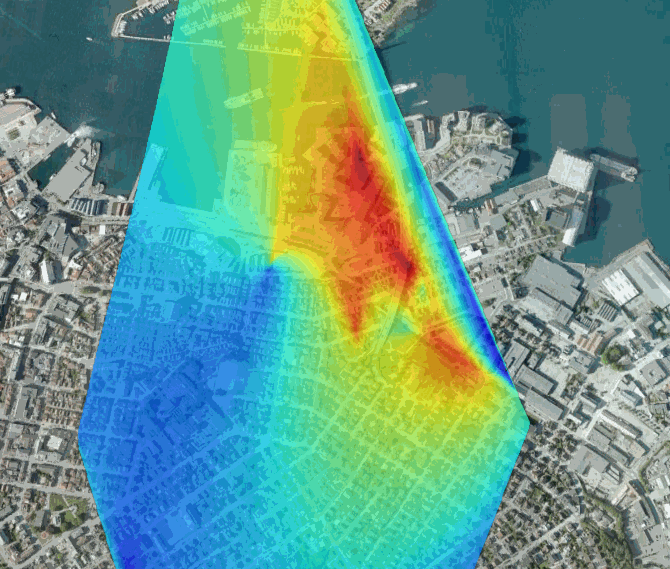XiOne – A RTL2832U based Portable Software Defined Radio: Indigogo Funding Campaign
A new funding campaign for an RTL2832U based software defined radio has gone up on Indiegogo. The new SDR is called the XiOne and is intended to be the first SDR that is easy to use with smartphones and open to the maker community.
With its 100 kHz to 1.7 GHz receiving range, the XiOne has a similar tuning range to the standard RTL-SDR dongles when an upconverter or the direct sampling mod is used. What makes the XiOne different is that it will have a built in MIPS processor, an internal rechargeable battery for portability and it will connect directly through WiFi to a smart device. They are also developing SDR GUI software for mobile devices including decoders for things like ADS-B, AIS and NOAA Satellites.
The IndieGoGo backer price for a XiOne is $179 USD, but if you act fast there are 100 units available at the promotional price of $139 USD. At the moment they have a working prototype with completed firmware, portable Java based SDR GUI, iPhone demodulation software, a MacOS ADS-B receiver, an iPad AIS receiver and an iPad spectrum analyzer. The fundraiser is to help them begin serial production.
There is a Reddit thread discussing the project here.




